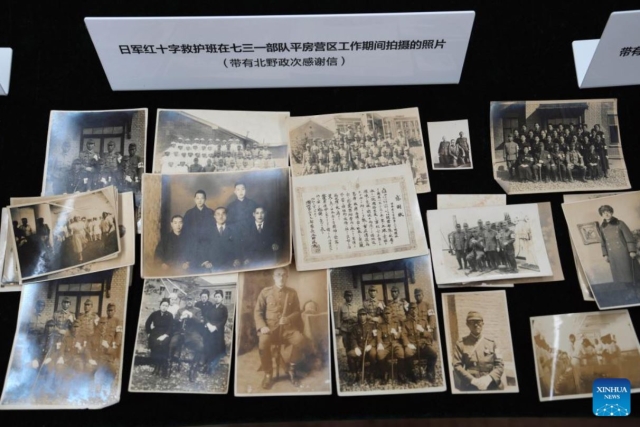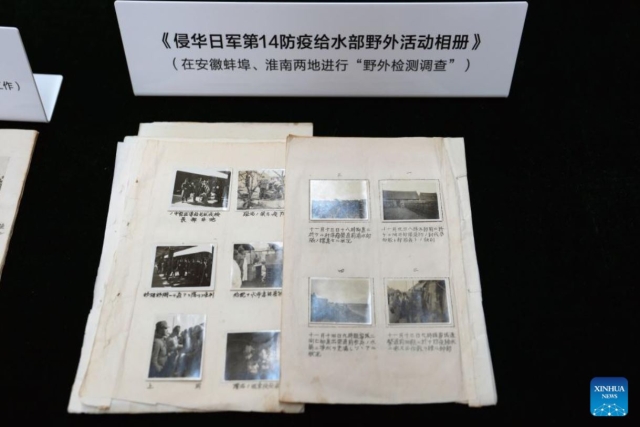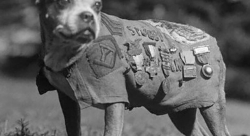Fresh Evidence Exposes Japan’s Unit 731 Bacteriological Warfare in China During WWII
Documents, photos, and testimonies detail Japanese Army’s human experiments and biological warfare during World War II

Previously unseen evidence of the Japanese Army’s bacteriological warfare and human experiments in China during World War II was made public on Friday at a press conference in Harbin, Northeast China.
The Exhibition Hall of Evidences of Crime Committed by Unit 731 released 3,010 pages of documents, 194 minutes of video, 312 photographs, 12 postcards, and eight letters, much of it presented to the public for the first time.
Unit 731 was the Japanese Imperial Army’s biological and chemical warfare center, based in Harbin, and carried out experiments on humans and deployed biological weapons across China and Southeast Asia. At least 3,000 people were subjected to experiments and more than 300,000 people in China were killed by Japan’s biological attacks, according to Xinhua News Agency.
The new material includes personnel files, medical records, pathological dissections, operation manuals, and photographic archives. Some records come from official Japanese sources, including post-war investigations and Soviet trials of 43 Unit 731 members, with prison terms ranging from three to 25 years.

Oral testimonies gathered in Japan also detail daily operations of the unit, evidence destruction, and human experiments. The testimonies describe practices such as detainees being taken into dissection rooms and subjected to fatal procedures.
An illustrated guidebook on Unit 731’s activities was also released, available in five languages. The guide compiles evidence gathered through archaeological excavations, artifact acquisitions, and international research, further documenting the scale and structure of Japan’s wartime biological warfare program.
The release coincided with the 80th anniversary of Japan’s surrender in World War II and the 40th anniversary of the exhibition hall. Officials said the evidence demonstrates that Japan’s bacteriological warfare was organized at the state level, involving the government, military headquarters, and medical institutions.
The newly released material will be displayed at the Harbin exhibition hall from September 1.











